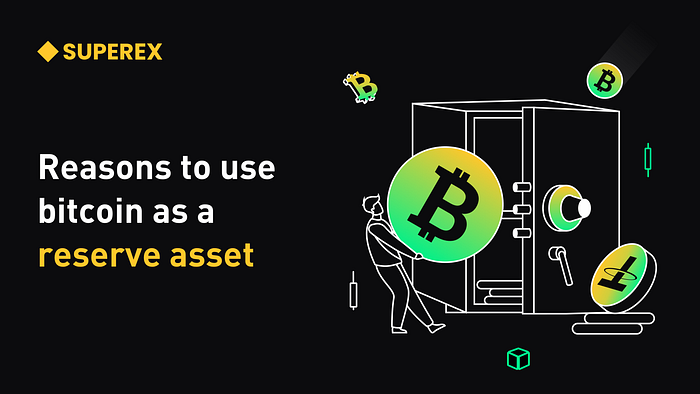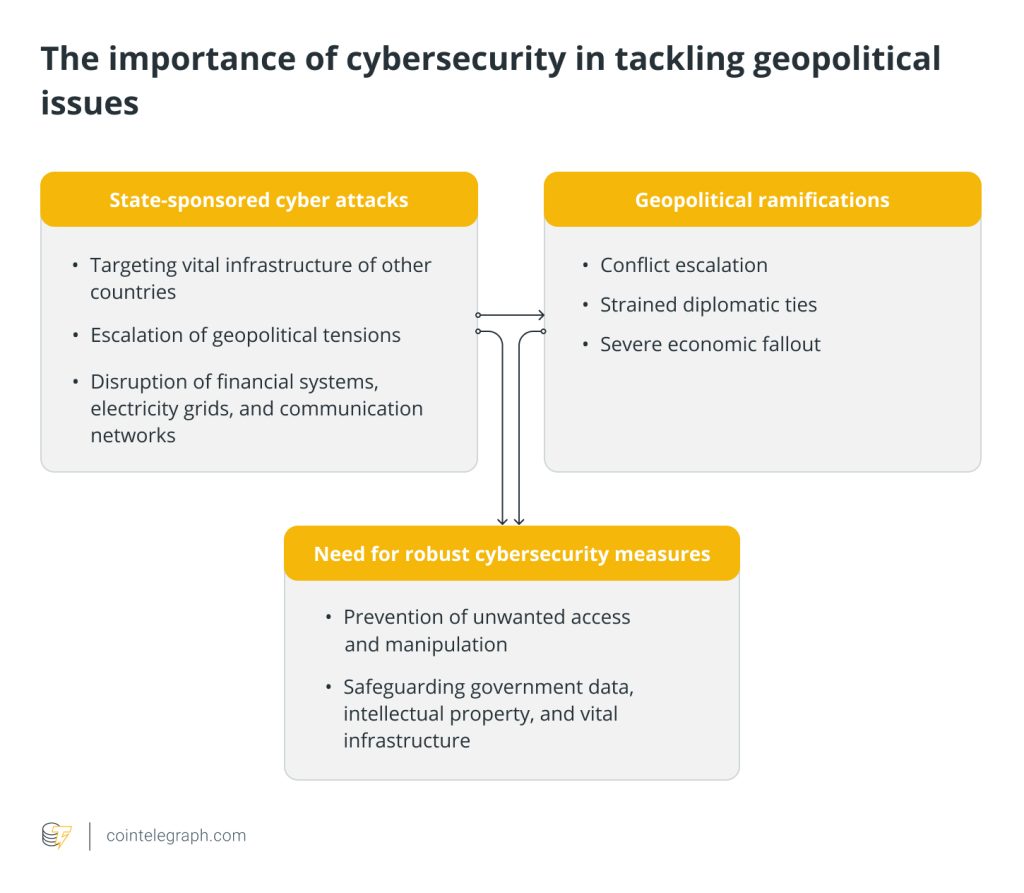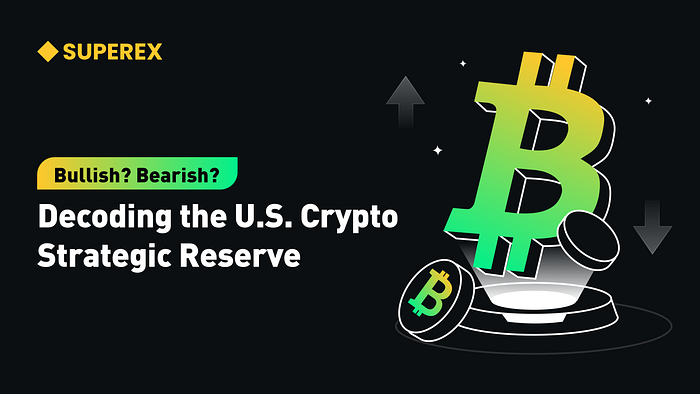SuperEx丨Reasons to use bitcoin as a reserve asset

#SuperEx #bitcoin #crypto
Introduction
Bitcoin’s potential as a reserve asset has come to the forefront of financial discussions among institutional investors and national economies. This renewed interest is driven not only by Bitcoin’s reputation as “digital gold” but also by escalating global economic instability, fiat currency devaluation, and market turbulence.
Traditionally, reserve assets have included the US dollar and gold, serving as hedges against volatility. However, Bitcoin’s decentralized, immutable nature has brought it into the spotlight as an anti-inflation tool amid growing demand for secure assets.
With the impending US election and economic policy uncertainties, digital assets like Bitcoin have seen increasing demand. This is particularly true in emerging markets, where currency instability makes Bitcoin an attractive store of value. Many experts believe Bitcoin’s potential as a reserve asset is still largely untapped.
This article will delve into four primary factors — decentralization, inflation resistance, liquidity, and global adoption — that contribute to Bitcoin’s appeal as a reserve asset.
- Click to register SuperEx
- Click to download the SuperEx APP
- Click to enter SuperEx CMC
- Click to enter SuperEx DAO Academy — Space

Decentralization as a “Digital Safe Haven” Against Intervention
Bitcoin’s decentralized structure is a key reason for its appeal as a reserve asset. With a global network of countless nodes maintaining the blockchain, Bitcoin exists independently from traditional financial systems. This attribute is invaluable amid frequent governmental and institutional interventions in monetary policy, which have raised concerns about the devaluation of fiat currencies like the US dollar.
The decentralized structure of Bitcoin provides a unique resilience against intervention. Neither government restrictions nor policy changes can fundamentally disrupt Bitcoin’s framework, making it a reliable choice as a reserve asset, especially during periods of financial uncertainty.
Inflation Resistance: The Unique Value of “Digital Gold”
Amid rising inflation, investors have become increasingly wary of fiat currency devaluation. Bitcoin’s capped supply of 21 million coins inherently equips it with anti-inflation properties. This scarcity, coupled with Bitcoin’s predictable issuance rate, makes it a strong differentiator from other assets, especially as governments worldwide engage in quantitative easing and currency issuance.
With uncertainties surrounding US monetary policy, Bitcoin is increasingly viewed as a hedge, akin to gold. In emerging markets where national currencies are depreciating, residents and investors have turned to Bitcoin as a means of preserving value. Its inflation resistance not only strengthens Bitcoin’s standing in financial markets but also cements its role as a viable reserve asset.
Liquidity: Wide Acceptance and Active Trading Volume
Bitcoin’s liquidity is another significant advantage as a reserve asset. Unlike traditional safe-haven assets like gold, Bitcoin can be quickly traded on exchanges worldwide. Furthermore, as institutional investors continue to pour into the market, Bitcoin’s daily trading volume has consistently increased, deepening the market and enhancing liquidity.
This high liquidity makes Bitcoin an appealing reserve asset, especially for situations where rapid asset transfers are necessary. Compared to gold and other traditional reserve assets, Bitcoin allows investors to more easily convert it into fiat currency or other digital assets, enhancing flexibility.
Global Adoption: Bitcoin Goes Mainstream
As cryptocurrencies gain acceptance in mainstream financial markets and among global regulators, Bitcoin’s status as a reserve asset continues to solidify. Major financial institutions like Grayscale, BNY Mellon, and Fidelity have moved to include crypto assets in their portfolios, bolstering Bitcoin’s market credibility.
Furthermore, some countries have begun to incorporate Bitcoin into their reserve asset portfolios or even consider adopting it as legal tender. For instance, El Salvador’s decision in 2021 to make Bitcoin legal tender highlights the asset’s potential for national reserves. With more countries and institutions joining, Bitcoin’s global adoption and circulation are likely to increase.
Conclusion: The Future Potential of Bitcoin as a Reserve Asset
In summary, Bitcoin’s decentralized nature, inflation resistance, superior liquidity, and growing global acceptance make it an increasingly attractive reserve asset. As global economic uncertainty rises, more countries and institutions may consider including Bitcoin in their portfolios to bolster financial stability and risk resilience.
For investors, understanding the core value of Bitcoin as a reserve asset and the long-term implications of this trend will be crucial in navigating the fast-evolving financial landscape.







Responses